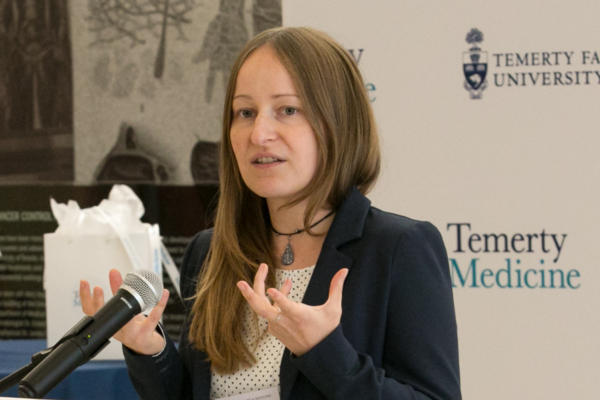Main Second Level Navigation
Breadcrumbs
- Home
- News & Events
- News
- Humans of RHSE: Introducing Dr. Celestine Hong
Humans of RHSE: Introducing Dr. Celestine Hong
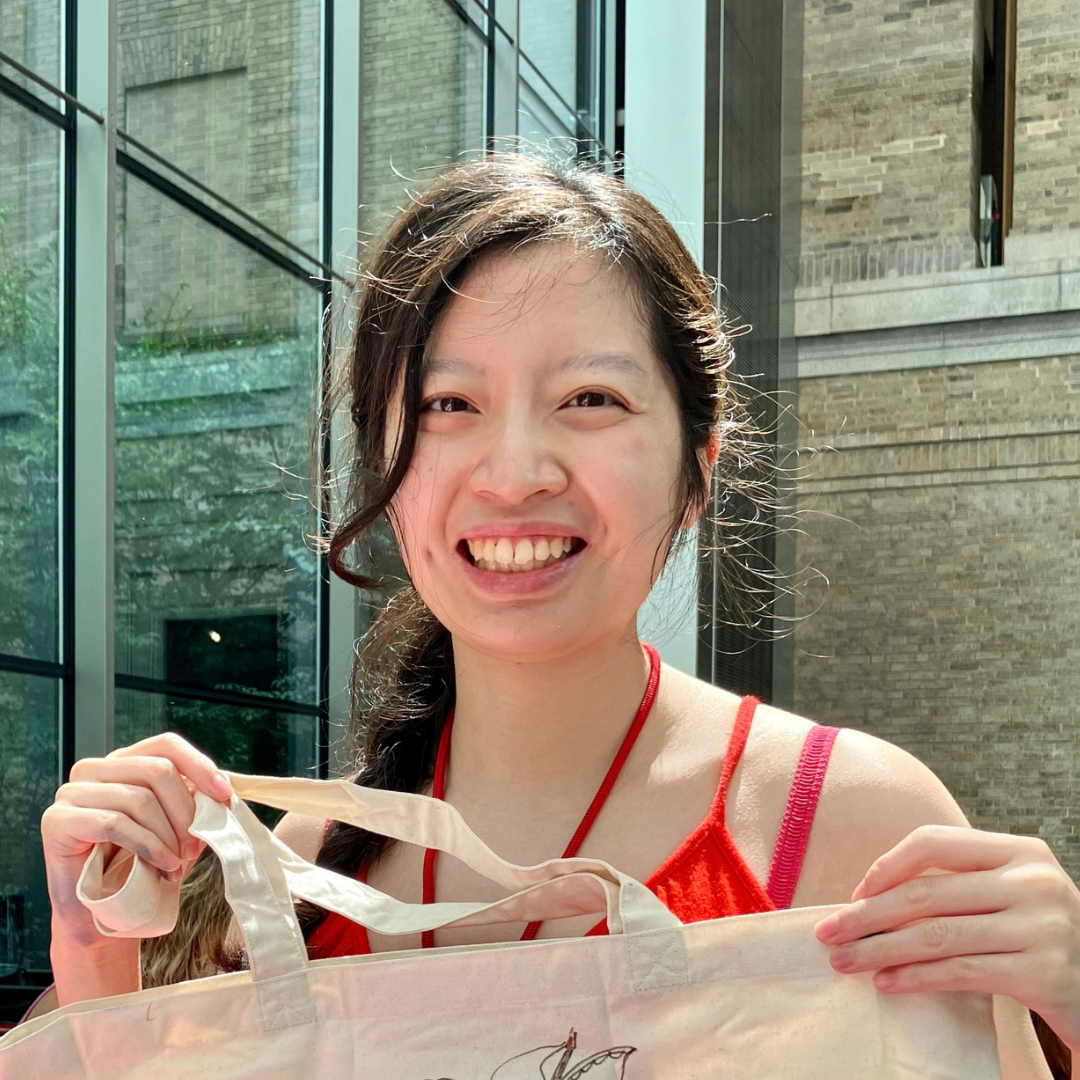
Our Research and Health Science Education (RHSE) community is a diverse but close-knit group of undergraduate and graduate students, trainees, faculty and staff. In this series, we introduce you to some of our members, talk about their roles in the university and share a few fun facts about them. Today we introduce Dr. Celestine Hong, who is a postdoctoral fellow at the Donnelly Centre for Cellular and Biomolecular Research, in the Department of Chemical Engineering & Applied Chemistry.
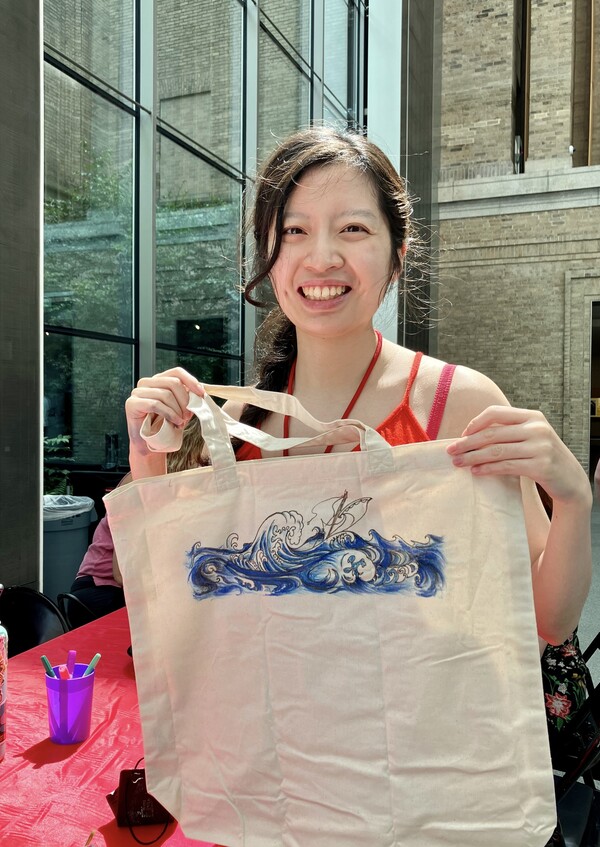
Celestine’s faculty advisor is Dr. Molly Shoichet, University Professor and Canada Research Chair in Tissue Engineering, in the Department of Chemical Engineering & Applied Chemistry and the Institute of Biomedical Engineering. Before coming to U of T, Celestine completed an undergraduate degree in chemical engineering at McGill University followed by a PhD at the Massachusetts Institute of Technology (MIT). While at MIT, she helped to design injectable therapies for wounds.
With her family in Canada, Celestine decided to return home and began working at the Shoichet lab in July 2023. The research environment at the Shoichet lab and the Donnelly Centre is cross-disciplinary and applies engineering, chemistry and biology to solve problems in medicine. Having met some of the lab members the year before at a conference, and with her previous work on materials for biomedical applications, Celestine felt like the Shoichet lab would be a good fit for her.
Celestine began her work in the Shoichet lab by investigating injectable hydrogels and how they could potentially be used to aid in the treatment of degenerative eye diseases, like retinal pigmentosa, which leads to vision loss. To help fund her research, Celestine applied for, and was awarded, the prestigious Charles H. Best Postdoctoral Fellowship and the NSERC Postdoctoral Fellowship. This funding will contribute to her current investigation and allow her to continue collaborating with faculty on this project.
According to Celestine, she was drawn to translational research because she wanted to have a direct impact on people’s health. Her current project, for example, holds the potential to reduce the number of intravitreal injections required to treat certain eye diseases. Specifically, there are proteins that can be injected into the eye, to help stimulate the growth of stem cells. The hope is that the stem cells can differentiate and replace damaged cells, such as photoreceptors. However, once injected, these proteins do not remain in the eye for long, necessitating frequent and repeated injections. Celestine is working to create an injectable hydrogel that can keep the proteins stable and localized for a longer period of time once injected. This would help the proteins to be released more gradually and would reduce the frequency of needed injections.
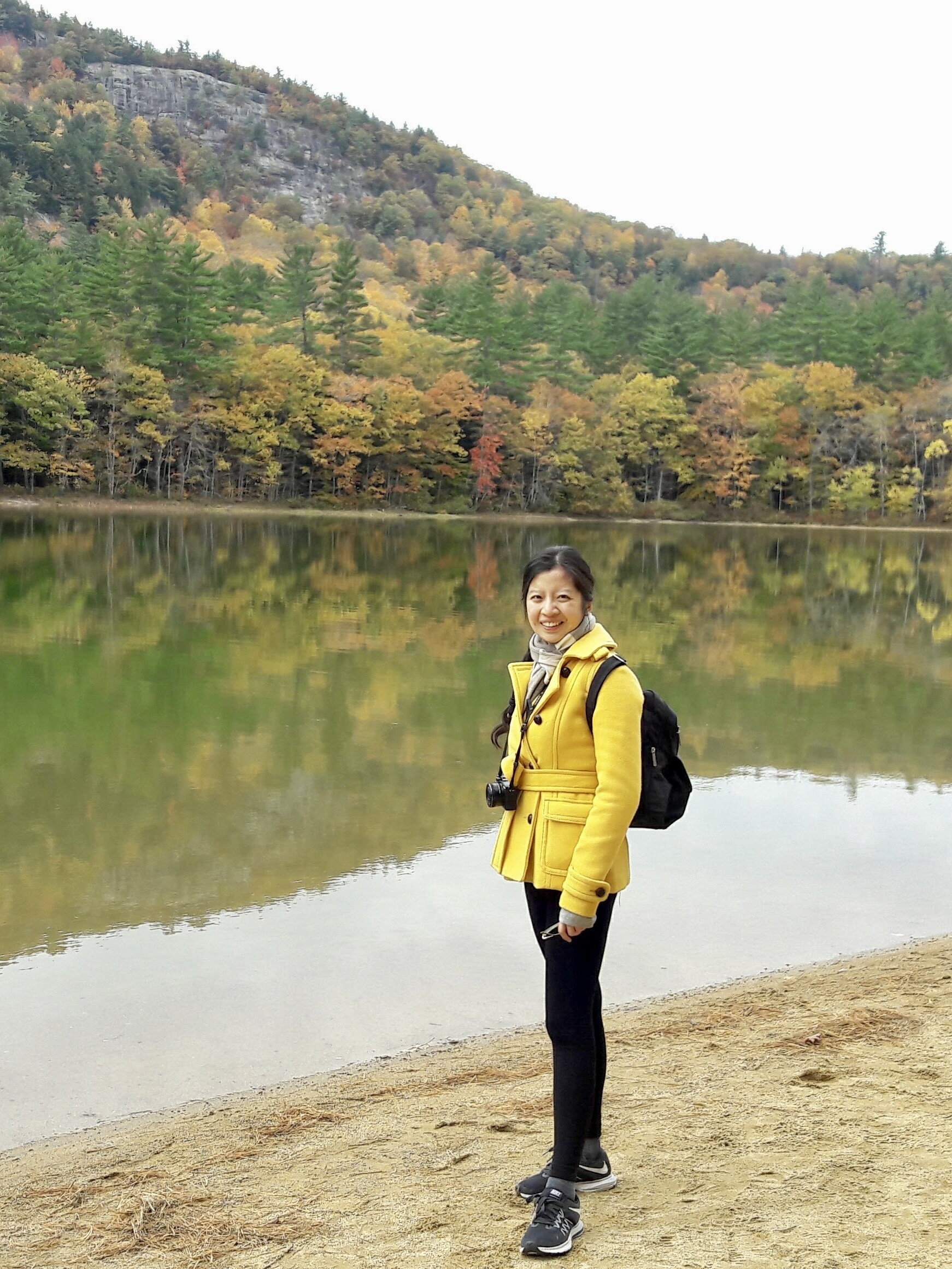
You cannot work hard, if you don’t recharge.Dr. Celestine Hong
For Celestine, this postdoctoral fellowship has been an incredible opportunity to learn more and develop as an independent researcher. Her advice to current PhD students who may be thinking about completing a postdoctoral fellowship, is to know that they can take the knowledge they gain from a postdoctoral fellowship into many different careers. According to Celestine, it’s easy for PhD students to assume that if they complete a postdoctoral fellowship, the only logical step is to pursue academia. Although this is a route many PhD students take, she wants to remind current research students that in addition to academia, “many pathways exist,” such as industry roles or positions in scientific communication or editing, and that the postdoctoral experience will ultimately benefit them regardless of what path they choose.
When she isn’t engaged in her research, you can often find Celestine teaching and communicating science to young people. For example, she worked as an instructor at MIT, teaching students polymer chemistry. She also recently participated as a mentor for high school students as part of the STEM Fellowship Research Exploration Opportunity Program, where she had the chance to show students how to conduct experiments, engage in seminars and answer questions about science. Being able to communicate research in a way that people can easily understand is key, according to Celestine. “If you can’t communicate your research, you won’t get interest or funding and won’t be able to help people,” she explains.

One challenge Celestine faces as an early-career researcher is learning to balance her career aspirations with the rest of her life. Joining the Shoichet lab meant moving to a new place, having to learn new methods and processes, and needing to make new connections, all while working full-time, balancing existing relationships, some of which are now long-distance, and somehow finding time to take care of herself. Celestine has come to realize that, “you cannot work hard, if you don’t recharge.” For her, that means hobbies… lots of hobbies. She enjoys running, hiking, and exploring nature. She loves to bake, performs in the U of T Allegro Choir, and draws. One of her hidden talents is her uncanny ability to memorize numbers. “I remember all my credit card numbers,” she says, “and all my bank account numbers. I remember my bank account number from undergrad!” Talk about being multi-talented!
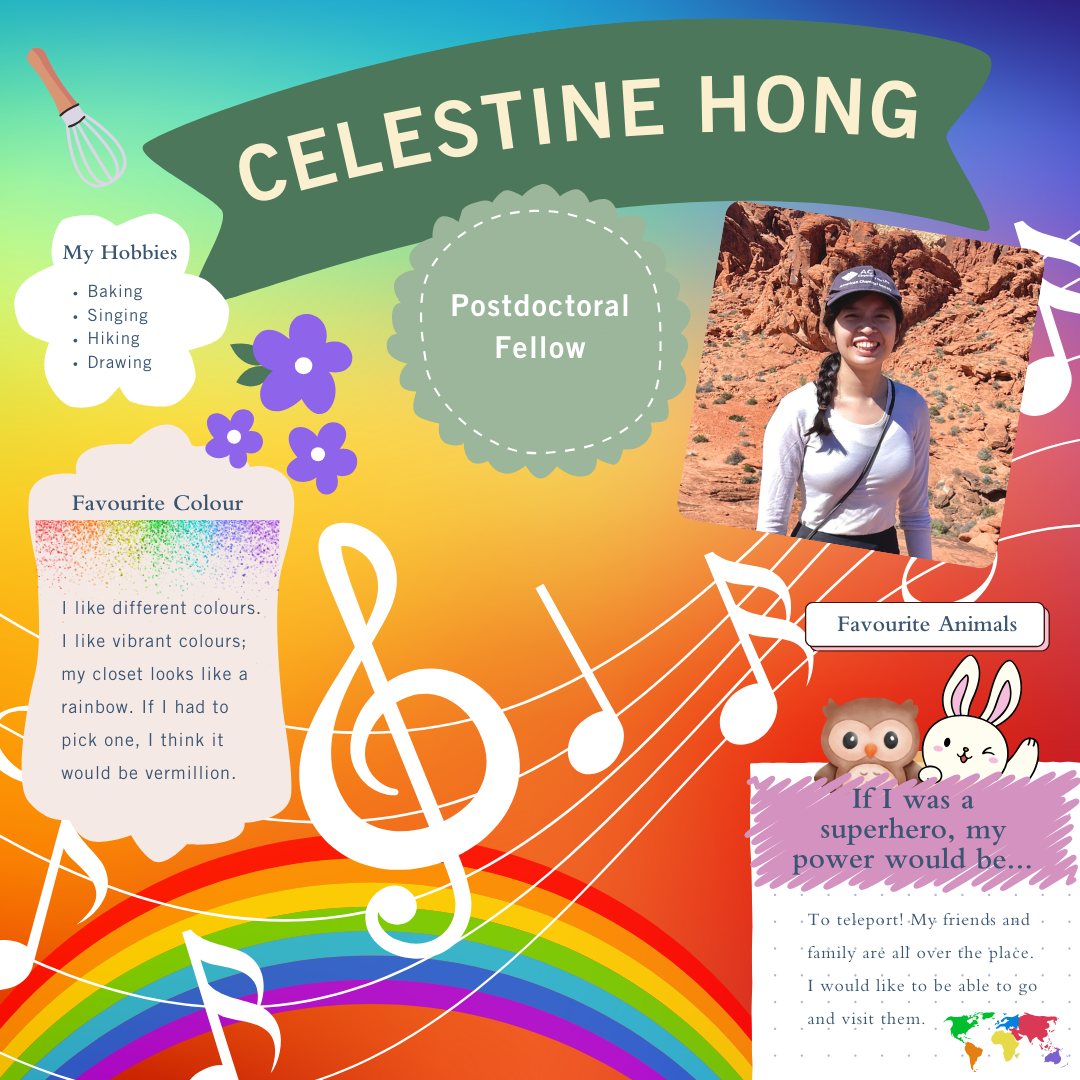
If you know someone we should feature, or if you wish to be featured, reach out to our RHSE Communications Officer.

